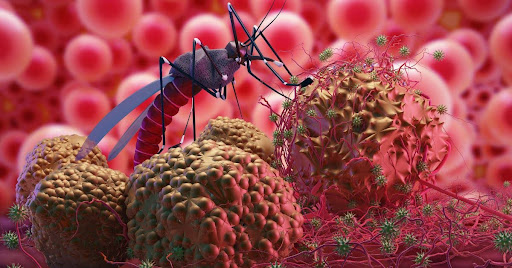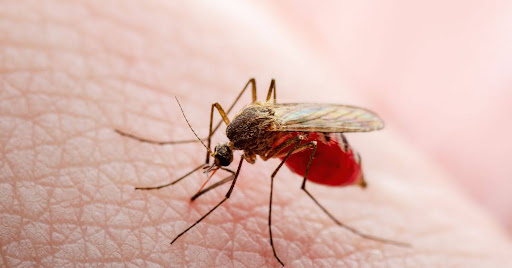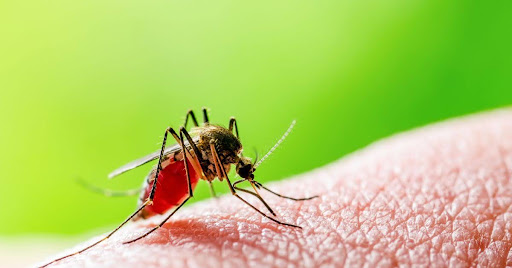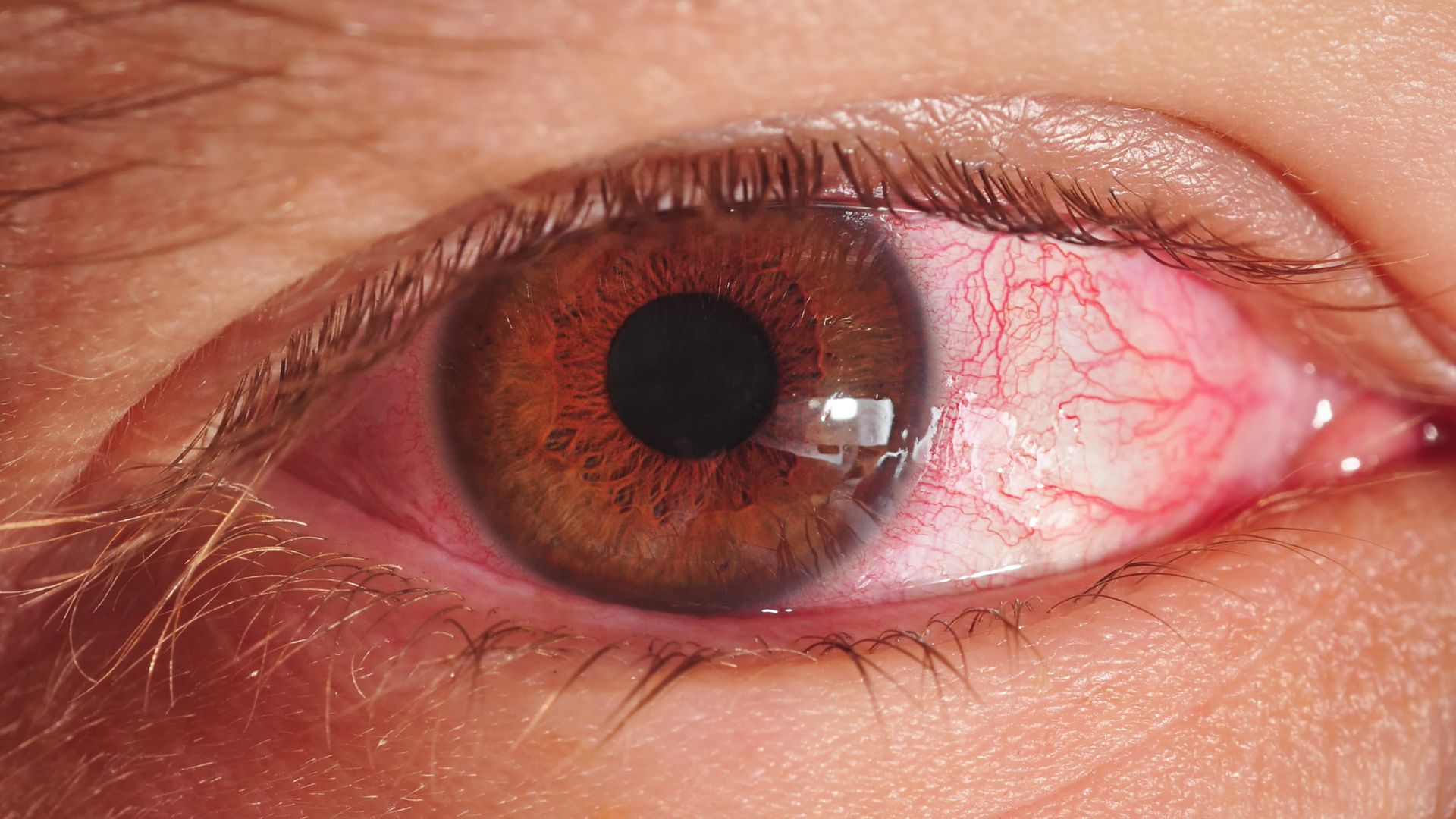What Are the Stages of Malaria? A Detailed Overview
3 min read
By DocGenie , Published on - 14 January 2025 Malaria is a life-threatening disease caused by parasites transmitted to humans through the bites of infected female Anopheles mosquitoes. Though preventable and treatable, malaria continues to pose a significant public health concern in tropical and subtropical regions. Understanding the stages of malaria is critical to early detection, timely treatment, and long-term prevention. This guide provides a detailed overview of the stages of malaria, types, seasonal patterns, common symptoms, diagnostic methods, and lifestyle tips including a malaria-friendly diet.
Malaria is a life-threatening disease caused by parasites transmitted to humans through the bites of infected female Anopheles mosquitoes. Though preventable and treatable, malaria continues to pose a significant public health concern in tropical and subtropical regions. Understanding the stages of malaria is critical to early detection, timely treatment, and long-term prevention. This guide provides a detailed overview of the stages of malaria, types, seasonal patterns, common symptoms, diagnostic methods, and lifestyle tips including a malaria-friendly diet.What Are the Four Types of Malaria Parasites?
 There are four main species of Plasmodium parasites that cause malaria in humans. Knowing which type is involved helps guide appropriate treatment.
There are four main species of Plasmodium parasites that cause malaria in humans. Knowing which type is involved helps guide appropriate treatment.- Plasmodium falciparum – The most dangerous type; can cause severe complications and death.
- Plasmodium vivax – Common in Asia and Latin America; can cause recurring infections.
- Plasmodium ovale – Less common; also capable of relapses.
- Plasmodium malariae – Rare but can persist in the blood for years.
- (A fifth type, Plasmodium knowlesi, is a zoonotic malaria species, primarily affecting Southeast Asia.)
Stages of Malaria in the Human Body
 Malaria progresses through several distinct stages, starting from the mosquito bite to full-blown infection:
Malaria progresses through several distinct stages, starting from the mosquito bite to full-blown infection:- Transmission Stage (Mosquito Bite)
- Infection begins when an infected mosquito bites a person, injecting sporozoites (the parasite's early form) into the bloodstream.
- Liver Stage (Pre-Erythrocytic Phase)
- Sporozoites travel to the liver and multiply inside liver cells.
- This asymptomatic phase lasts 7 to 30 days, depending on the species.
- For P. vivax and P. ovale, some parasites remain dormant in the liver, causing relapses later.
- Blood Stage (Erythrocytic Phase)
- Parasites re-enter the bloodstream and invade red blood cells.
- They multiply within red cells, eventually bursting them and releasing new parasites.
- This cycle causes recurring fever and chills—hallmark symptoms of malaria.
- Gametocyte Stage
- Some parasites develop into sexual forms (gametocytes).
- When another mosquito bites the infected person, it ingests gametocytes, continuing the transmission cycle.
Common Symptoms of Malaria
Symptoms typically appear 10–15 days after the mosquito bite and include:- High fever and chills
- Sweating and shivering cycles
- Headache
- Muscle and joint pain
- Nausea, vomiting, or diarrhea
- Fatigue and weakness
- Cough or respiratory symptoms (in some cases)
- Jaundice (yellowing of the skin and eyes)
If not treated promptly, malaria can lead to complications like cerebral malaria, anemia, kidney failure, and even death.
How Is Malaria Diagnosed?
What Is the Test for Malaria?
Accurate diagnosis is vital for effective treatment. Some common testing methods include:- Microscopic blood smear – The gold standard; detects parasite type and count.
- Rapid diagnostic tests (RDTs) – Detect parasite antigens quickly without lab equipment.
- PCR testing – Identifies species and drug resistance (usually in advanced settings).
Early testing helps avoid complications and facilitates faster recovery.
In Which Season Is Malaria More Common?
Malaria transmission is seasonal, especially in regions with distinct wet and dry periods.- More common during and after the rainy season, when stagnant water provides breeding grounds for mosquitoes.
- Tropical areas may experience malaria year-round, while transmission peaks in monsoon months in countries like India.
Preventive measures should intensify during high-risk seasons.
Dietary Recommendations: What Is a Malaria Diet?
While no diet can cure malaria, a nutrient-rich plan can support recovery and strengthen immunity:Foods to Include:
- Hydrating fluids: Coconut water, lemon water, ORS solutions
- High-protein foods: Eggs, lentils, dairy, fish
- Iron-rich vegetables: Spinach, beetroot (to combat anemia)
- Carbohydrate-rich foods: Rice, boiled potatoes, khichdi
- Fruits: Papaya, oranges, pomegranate for vitamins and antioxidants
Foods to Avoid:
- Oily and spicy foods
- Excess caffeine or sugar
- Raw or undercooked foods (to prevent secondary infections)
How to Prevent Malaria?
Prevention is the best approach to reduce the risk of malaria, especially in endemic areas. Some key tips:- Use mosquito nets and repellents (DEET-based creams or sprays).
- Wear long-sleeved clothes during dusk and dawn.
- Install mosquito screens on windows and doors.
- Avoid stagnant water collection around your home.
- Take antimalarial medication when traveling to high-risk zones (as prescribed).



